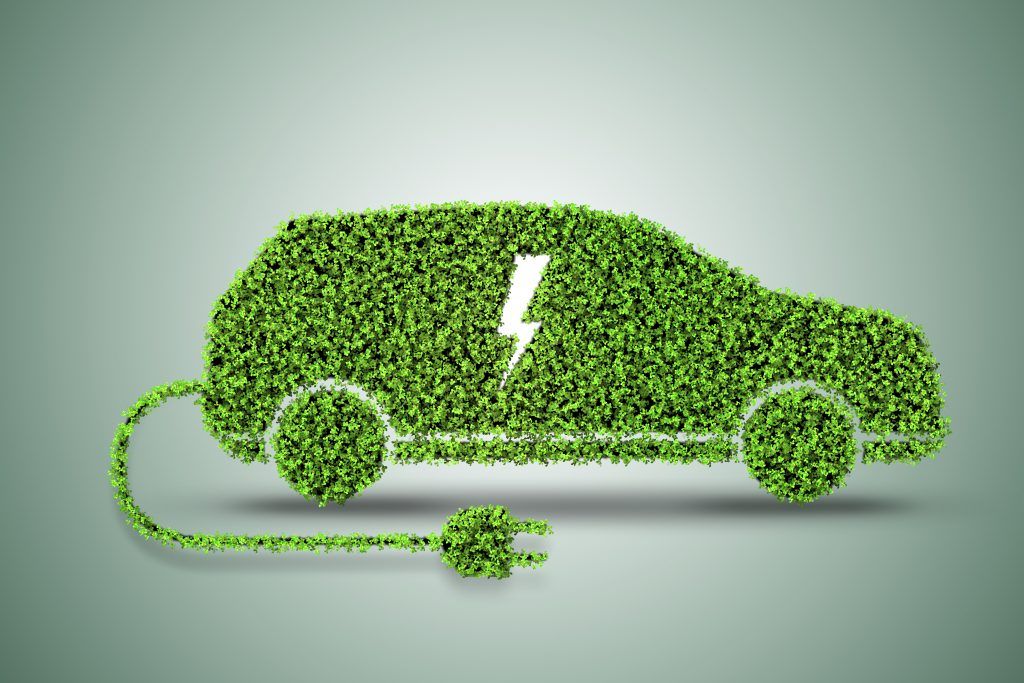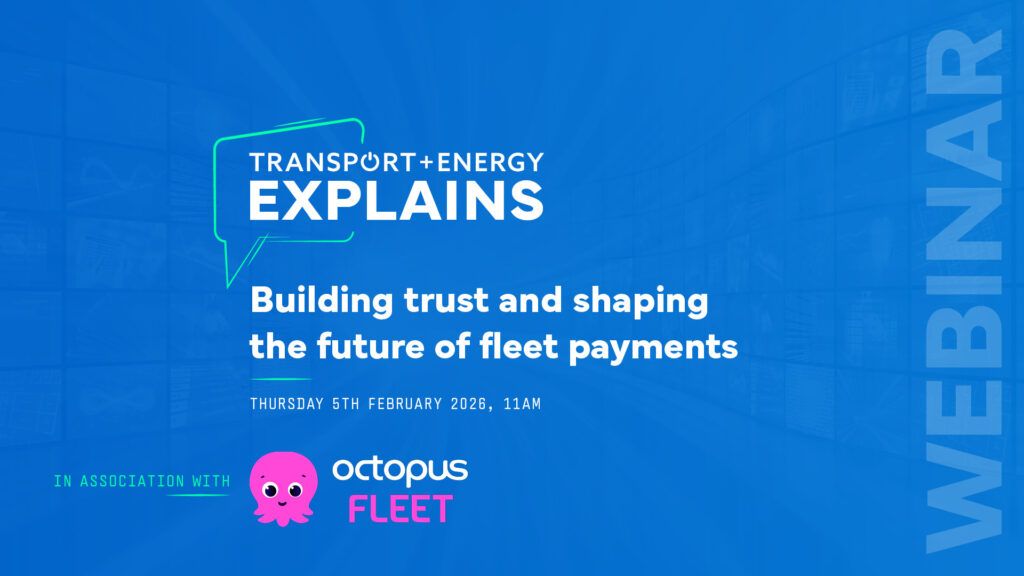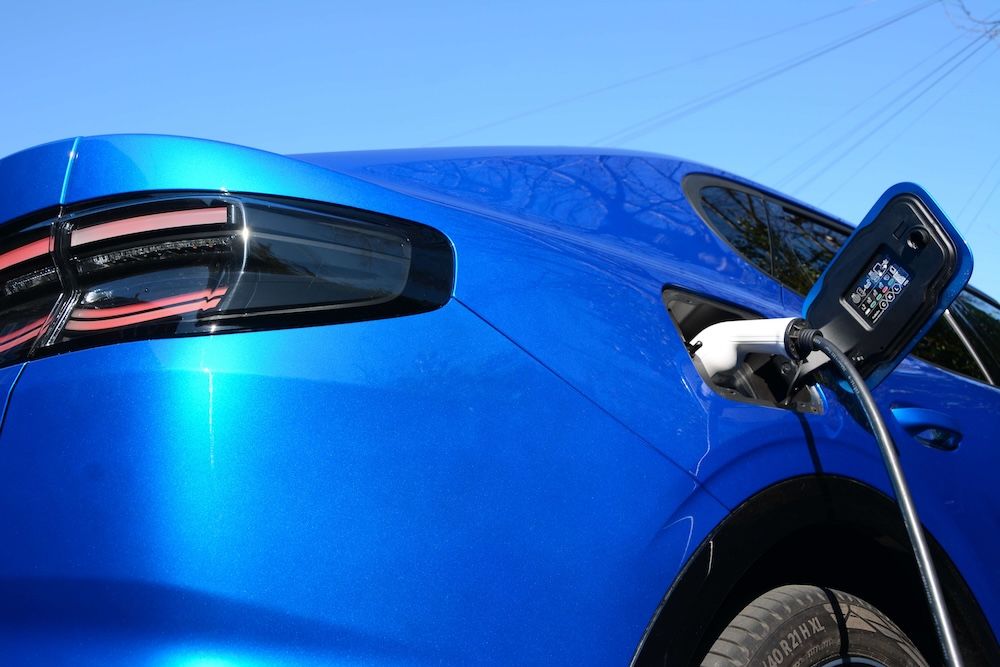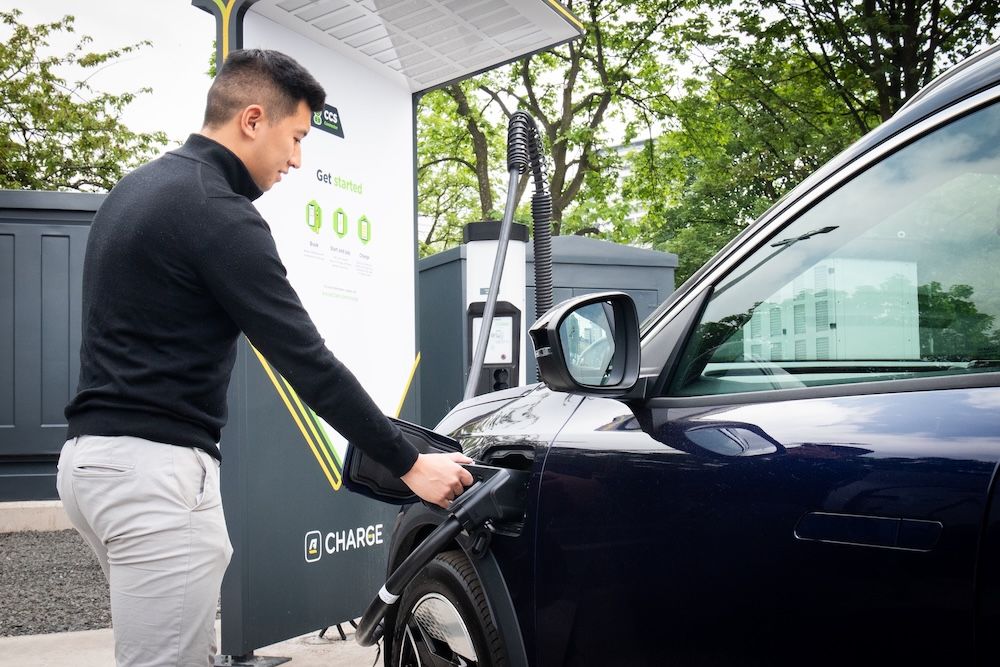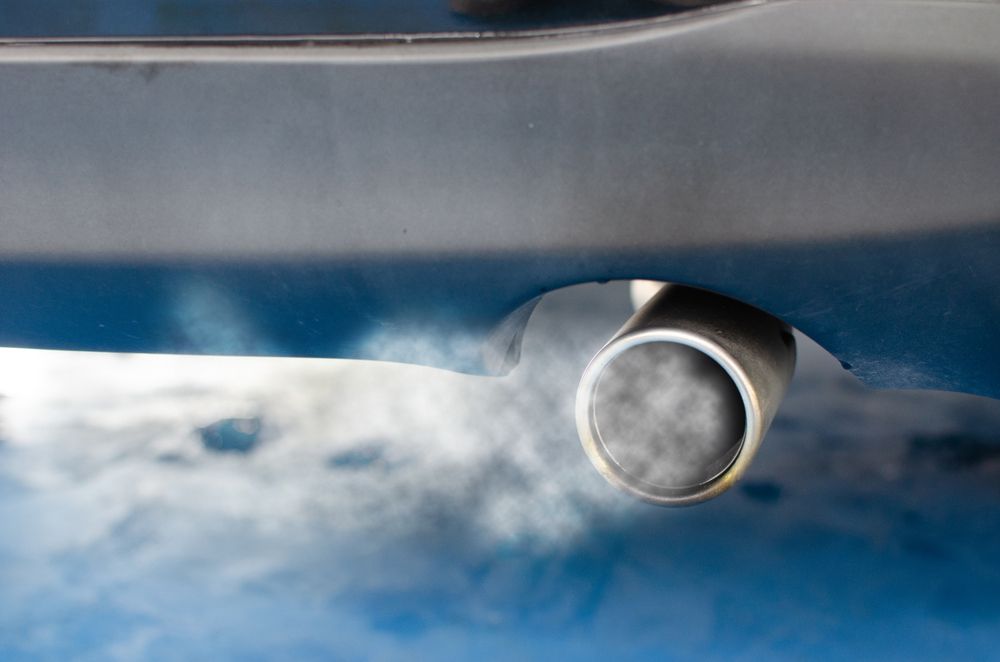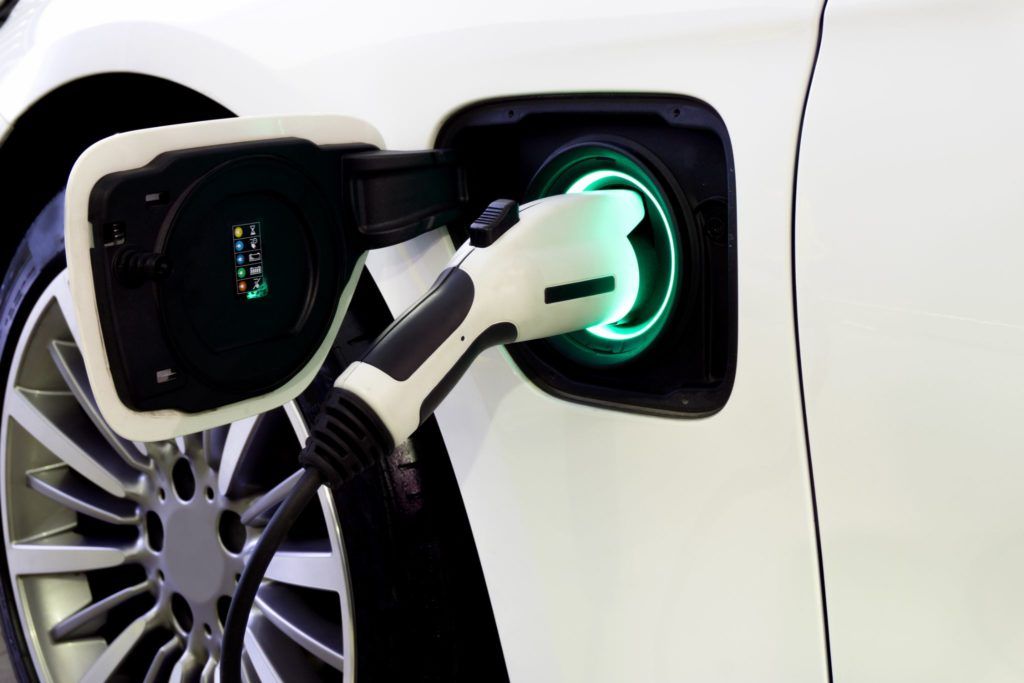The Government did not hit its target of having six or more rapid or ultra-rapid electric vehicle chargers at every motorway service area in England by the end of 2023, according to new research carried out by the RAC.
Just 46 (39%) of 119 motorway services reviewed by the RAC on Zapmap now have the target number of chargers above 50kW to serve the UK’s growing fleet of battery-electric vehicles which should have exceeded the 1m milestone by the end of 2023. The number has grown from just 27 (23%) at the end of April.
Since the end of spring a further 178 high-powered chargers have been installed at motorway services. Positively, there are now more than 400 ultra-rapid chargers at services which means more than half (55%) can now offer some of the fastest possible charging speeds to drivers. Only 18 service areas have no rapid charging above 50kW, but worryingly four have no publicly accessible charging facilities whatsoever: Leicester Forest on both sides of the M1, Tebay South on the M6, and Barton Park on the A1(M).
There are now nearly 700 (693) Combined Charging System (CCS) connectors – the most common charging connector – at the 101 services offering high-powered charging, an increase of 225, or 48%. For the CHAdeMO connectors predominantly used by Nissan and Renault electrics cars, there are now almost 300 (282), up 32% compared to the end of April. Seventy per cent of all high-power motorway charging is now ultra-rapid, reducing the time drivers need to spend ‘filling up’ significantly.
Encouragingly, there are now 14 services in England which have more than 12 such devices – up from only six in the spring. The Moto-run services at Exeter on the M5 has the most high-powered chargers of all motorway services, with 24 devices. Looking at all high-powered motorway chargers collectively, there are currently an average of five (4.9) devices at all 119 service areas in England – up from 3.4 at the end of April.
The Government’s target of having at least six rapid chargers above 50kW by the end of 2023, with some having more than 12 is set out in its ‘Taking charge: the electric vehicle infrastructure strategy’ published on 25 March 2022. Its intention was to accelerate the roll-out of high-powered chargers on the strategic road network through the £950m Rapid Charging Fund so that EV drivers have confidence in the ability to undertake longer journeys, but it wasn’t until early December 2023 the Government announced it would be providing £70m in grants for a pilot scheme involving upgrades at 10 motorway service stations.
As of November 2023 charging statistics from Zapmap show the UK has 53,029 charging devices of which a fifth (19% or 9,992) are rapid or ultra-rapid. Looking at this figure against the RAC’s research reveals that only 6% (581) of all these high-powered chargers are at motorway services. The Government says it expects there will be around 300,000 public chargers of all speeds as a minimum by 2030 and more than 6,000 high-powered chargers along strategic roads by 2035. Forecasts in the Competition and Markets Authority’s ‘Building a comprehensive and competitive electric vehicle charging sector that works for all drivers’ suggest that at least 280,000-480,000 public charge points will be needed by 2030.
RAC EV spokesperson Simon Williams said: “It’s clear from our research that the Government has fallen well short of its target of having six high-powered chargers at every motorway service area in England. While that’s the case, some very good progress has been made since the end of April when we last carried out our survey, with four-in-10 services (39%) now having met or exceeded the target number of chargers, compared to just under a quarter (23%) eight months ago.
“There is undoubtedly an eagerness among charge point companies and motorway service operators to install these types of units but unfortunately, it’s often the high-power cabling to the grid that’s the major barrier which is out of their hands.
“More clearly needs to be done to make this process simpler than it is currently. Hopefully once the Government’s Rapid Charging Fund kicks fully into action some of these hurdles will be overcome.
“We continue to believe that the wide availability of ultra-rapid charging is crucial in giving both current and future EV drivers confidence to know they can easily make journeys beyond the range of their vehicles in a time-efficient way.”
Industry reaction:
Asif Ghafoor, CEO of Be.EV, said: “It is hardly surprising that the UK is falling short on its EV infrastructure targets. There’s a lack of chargers nearly everywhere outside of London, and motorway charging is not the answer. Instead, we need ultra-rapid charging hubs close to our main roads to speed up charge times and reduce service station congestion – but every link in the chain is doing something wrong.
“Landowners are slowing the process down, sitting on their land and not giving it up for charging hubs. The way people recharge their car should look more like charging your phone than filling up at the pump – little and often is usally quicker than one long charge.
“Once a charging provider gets access to a site (which in itself can be a long process), they then have to argue with power suppliers. Our national grid was built in the 60’s – there’s only so much power to go around. To apply for the rights to access this power, a charging provider will often have to submit multiple applications. This clogs up network operators’ time and slows the entire process to a crawl.
“Ambitious targets aside, the reality is that every leg of the planning, permissions, sourcing power and building process slows an installation down. From that first conversation to an asset being energised, it takes on average 18 months. That’s for a privately owned site – for a publicly owned site, it can take up to three years. Anyone can see this is nowhere near quick enough to keep up with the amount of drivers transitioning to EVs.”
Sue Robinson, Chief Executive of the National Franchised Dealers Association (NFDA) which represents car and commercial retailers across the UK commented:
“It is disappointing to see that the Government has missed a deadline it set to have at least six rapid or ultra-rapid chargers at every motorway service station in England by the end of 2023.
“With the ZEV mandate coming into effect from this month, the Government needs to do more to increase confidence in consumers who are looking to switch to electric during this transitionary period.
“In our recent Consumer Attitude Survey, 57% of the respondents who stated they were not interested in purchasing an electric vehicle attributed this to a lack of charging facilities in the UK.
“Whilst the NFDA has welcomed recent announcements by the Government including a £70 million pilot scheme to boost the number of ultra-rapid chargepoints at motorway services, there is still more that needs to be done.
“As we enter the new year, the UK government needs to ensure that it meets targets to meet increasing consumer demand for electric vehicles.
“2024 looks set to be a busy year with the Spring Budget already being announced for 6 March and with an election date yet to be set. NFDA will monitor key developments throughout the year on behalf of its members.”
Image courtesy of Shutterstock.



